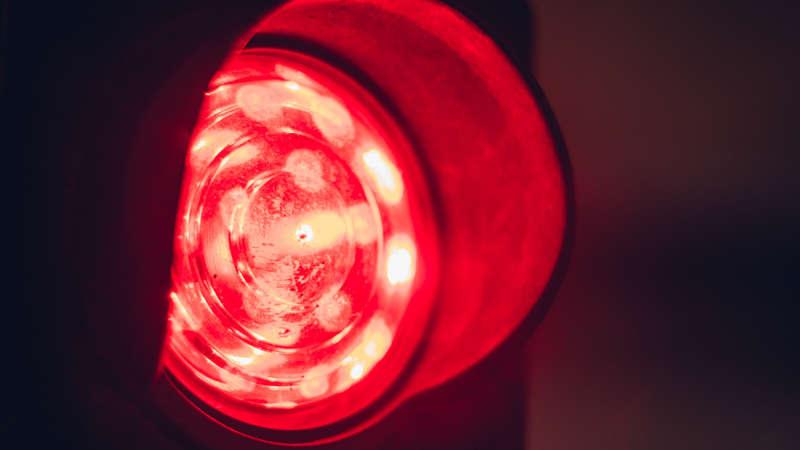The Way of Saint James continues to grow in popularity and break records. During the month of August, the Galician capital received a total of 78,992 pilgrims, 11% more than last year’s figure of 71,402, according to data from the Pilgrim’s Office. This consolidates Santiago de Compostela’s position as a tourist destination.
Thus, the number of visitors arriving in the city in search of the coveted Compostela continues to increase, although with slight changes with respect to the trend of 2023.
For example, of the total number of pilgrims this August, 59% were Spanish, compared to 63% the previous year, despite the fact that the figure has increased. This indicates that the number of foreigners who have made the route this summer has occupied a higher percentage than in 2023 and shows the popularity that this experience has gained in the rest of the countries.
Specifically, the places of origin with the highest rate of pilgrims have been Italy, Portugal and the United States. Within Spain, the autonomous community that leads as a source of pilgrims is Andalusia, followed by Valencia, Madrid and Catalonia.
The French Way maintains its position as the preferred route for pilgrims, with 46.987%. But the Portuguese Way has gained ground and has increased its number of users, with 18.85% and 12.74% by the coast.
As for the favorite means of walking the Way, the vast majority of visitors preferred to do it on foot (94.14 %). In this way, the number of people who used a bicycle has decreased compared to the previous year, with 4.06 % compared to 4.65 % in 2023.
Santiago de Compostela closed last year with a total of 446,078 visitors in total, compared to 360,276 in the current year. There would be 85,802 to reach it, so if this growth trend continues, it is likely that this 2024 will say goodbye with a record.
If you dare to live this unique cultural experience, do not hesitate to stay at our hostel. It is located in a privileged natural environment, a few kilometers from the city center, where you can enjoy a very special end of the road. Book your room through this link.



